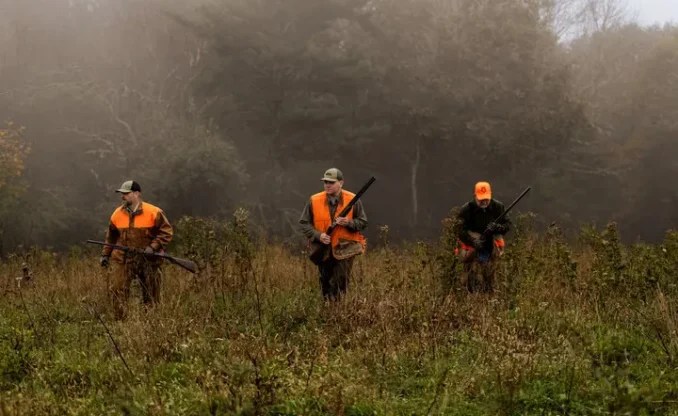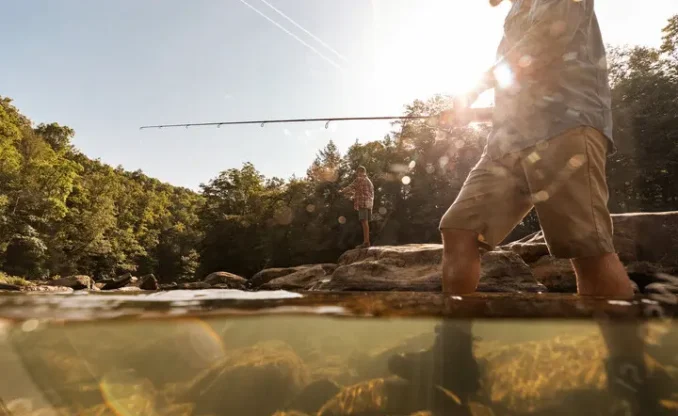Family: Cyprinidae
Common Family: The Minnow Family
Common Name: Fallfish
Scientific Name: Semotilus corporalis
Ecological Description/Identification
Fallfish are only found within the streams that flow east from the Allegheny Front in West Virginia, making the Potomac River watershed the target region for this species. Diets consist of aquatic and terrestrial insects and algae when young but diversifies to include fish and crayfish as they become larger. Spawning occur over raised gravel mounds constructed by adult males during the month of April. These mature males use their mouths to pick up similarly sized pebbles to erect the stone mounds in flowing water near the backs of pools and in slower, deeper runs.
Fallfish are longer, chub-like fish that can be very difficult to tell apart from other minnows when they are small. As adults, their size often sets them apart. Unlike common carp, they possess no easily visible barbels (whiskers) or fin rays that are modified into spines. It is possible to confuse them with river chubs (river, bigmouth and bluehead chub) and creek chub. However, their larger, silvery scales, narrower body and larger mouth separate them easily from these frequently caught species. The most similar species, creek chub, also has an easily seen dark spot at the front base of the dorsal fin, which is not possessed by the fallfish.
Habitat
Fallfish occupy pools and runs of a variety of streams sizes and flow speeds in the Eastern Panhandle of West Virginia. It is also possible to catch them in the larger portions of Potts Creek and James River drainage before it flows into Virginia.
The Potomac River and its tributaries had few native predators. Prior to the introduction of species such as smallmouth bass, channel catfish, walleye, largemouth bass, rainbow trout, brown trout, and muskellunge, fallfish were likely the major apex predators of these eastern streams in the mid-Atlantic! Competition and predation from these introduced sport fish must certainly have altered size distributions and numbers of fallfish. Furthermore, dead and dying fallfish were commonly picked up during fish kills that were common in the South Branch of the Potomac from 2000 to 2015. Despite these impacts, fallfish are still very common members of the fish community in Potomac River tributaries in West Virginia.
Conservation Issues
Fallfish can be a great deal of fun on spinning and fly-fishing gear. The most impressive thing about fallfish is the way that they spawn! Large males construct their own nest mounds made of pebbles that are 1-to-2 inches long over as many as four days! These mounds can be built higher than 8 inches, as wide as 20 inches, and can be up to 6 feet in diameter! Females then select males based on the suitability of their constructions. Furthermore, many nest-associated minnows use those same nests later in the season as fallfish leave them.
Facts
The longest and heaviest verified fallfish caught by an angler with rod and reel was 21.25 inches long and weighed 3.5 pounds (James Blackwell, 1970). The current world record fallfish weighed in at 3.9 pounds and was caught in New York.
Similar Species
Without looking at their mouths, people may confuse them for suckers. They are found in the same genus (Semotilus) as creek chub, with which they share several physical characters.



